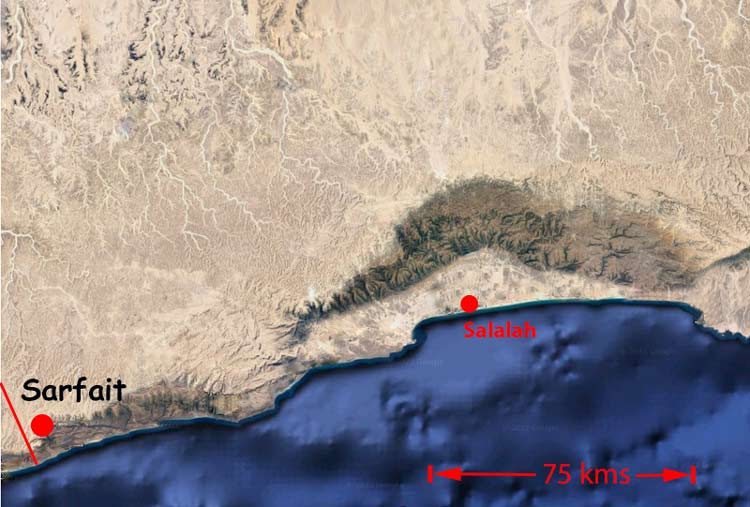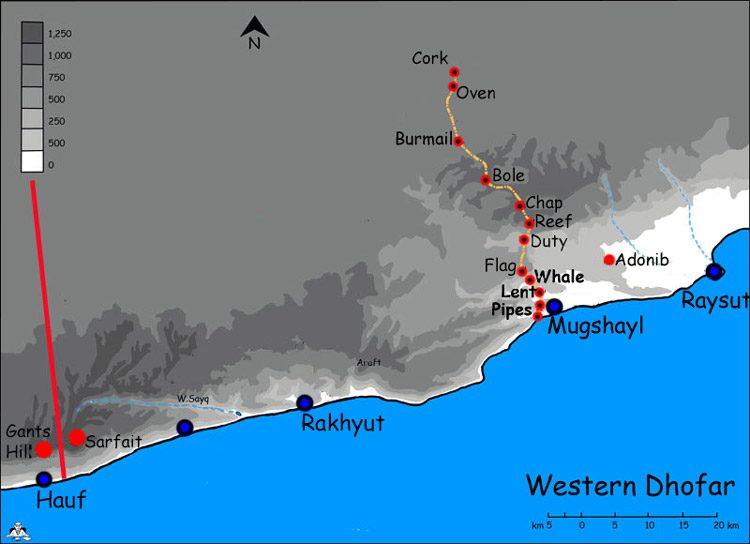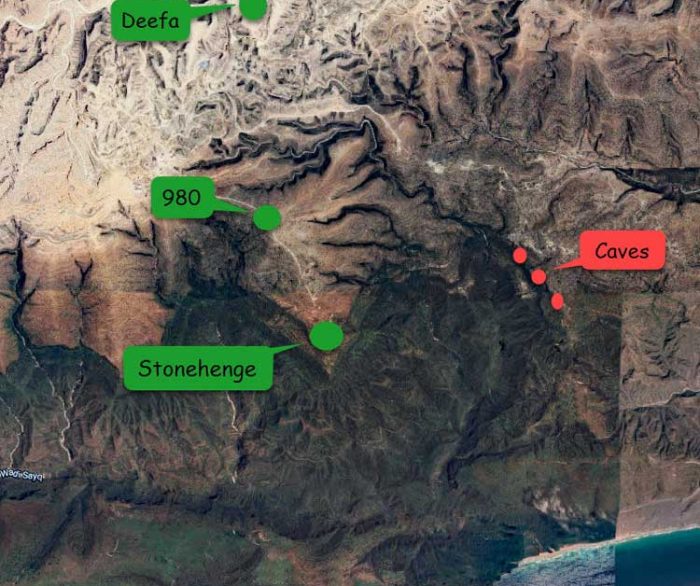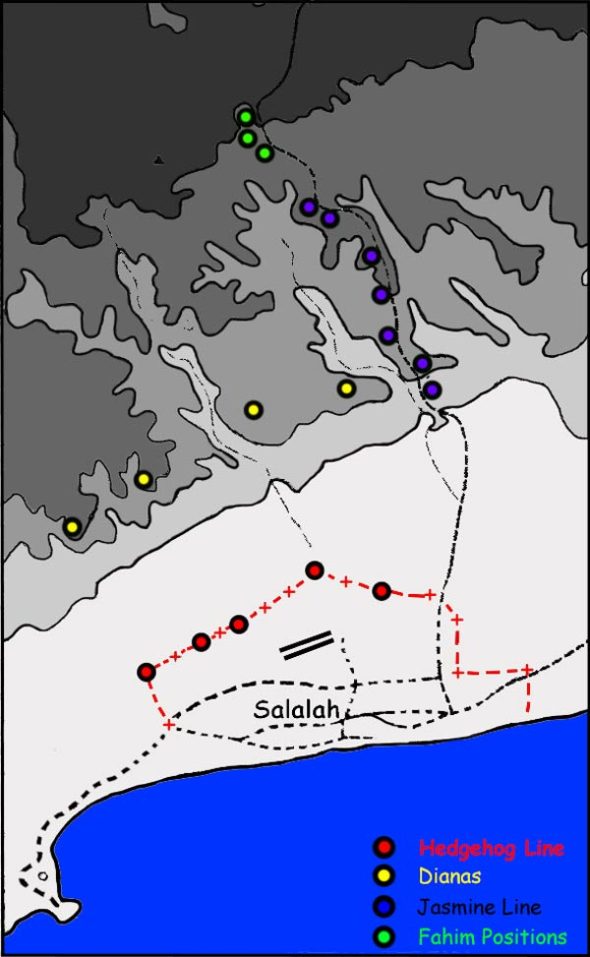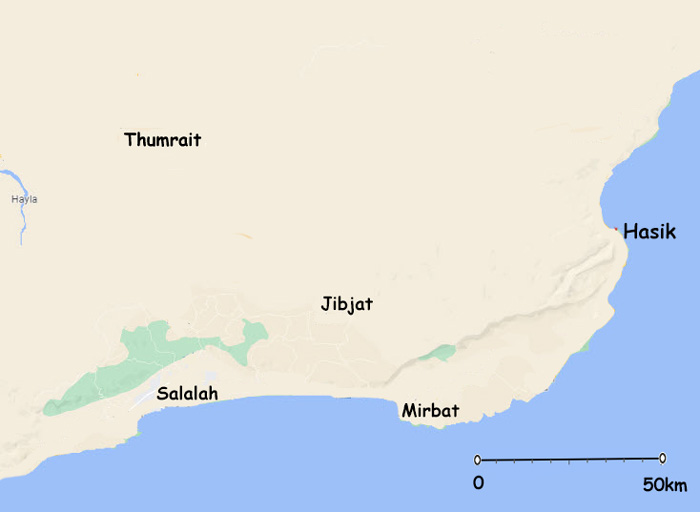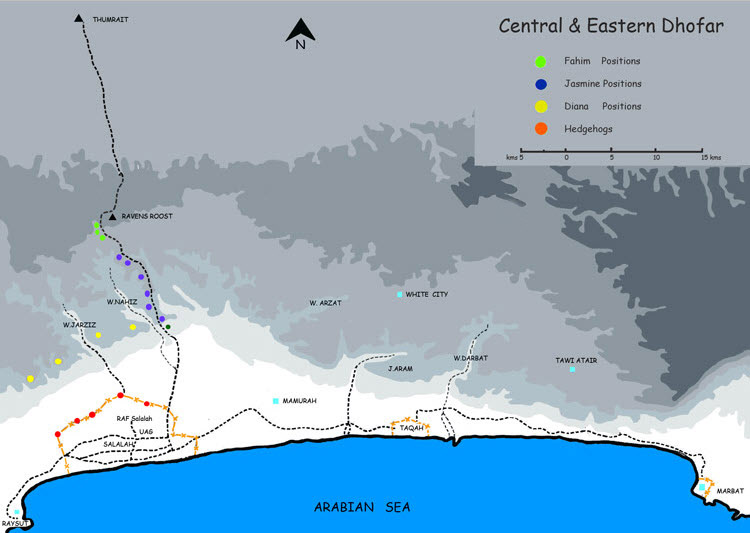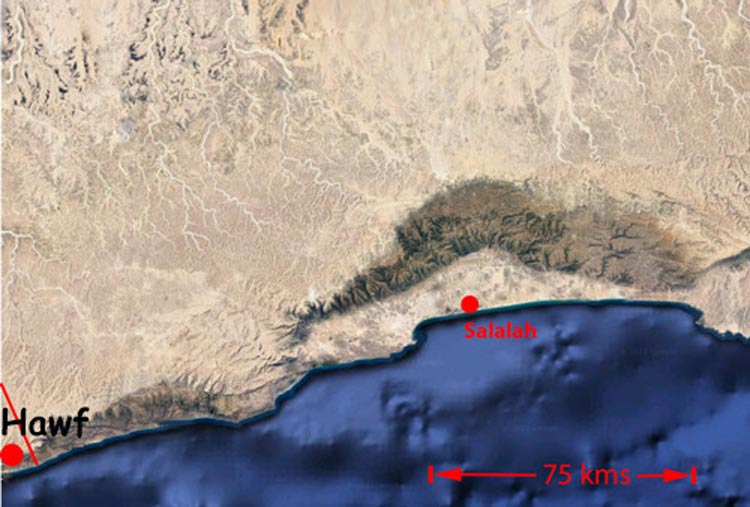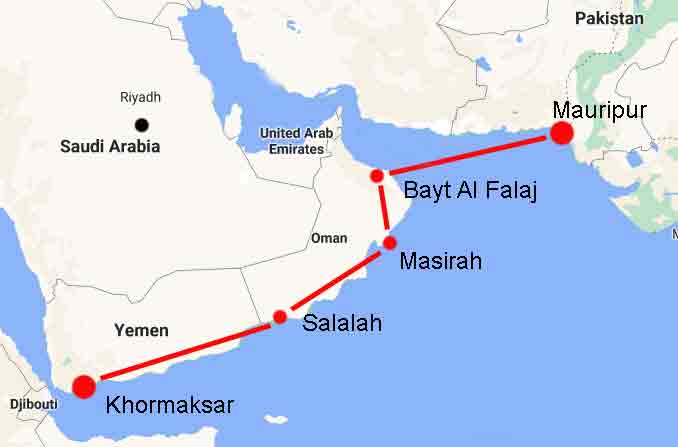
Diseases on Offer
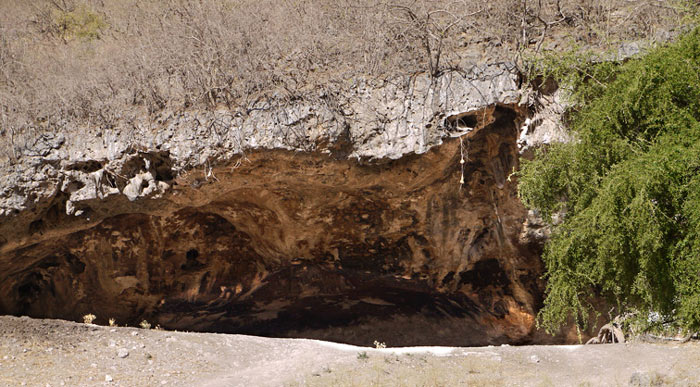
Life for those living on the jebel was extremely tough. The indigenous jebalis lived both in caves and also in their round shelters of stone and stick that they built as near to established water supplies as possible. A smoky poorly ventilated cave which you share with your livestock and squadrons of biting insects is both unpleasant and conducive to the spread of communicable disease. In addition to the disagreeable interventions that SOAF dispensed from the air there were on hand various endemic diseases to add their miseries.
The variety of “diseases on offer” can broadly be defined into bacterial, viral and parasitic. The chances of being afflicted depended on your current location and accommodation, how well prepared you were and what preventative measures you had or had not taken.
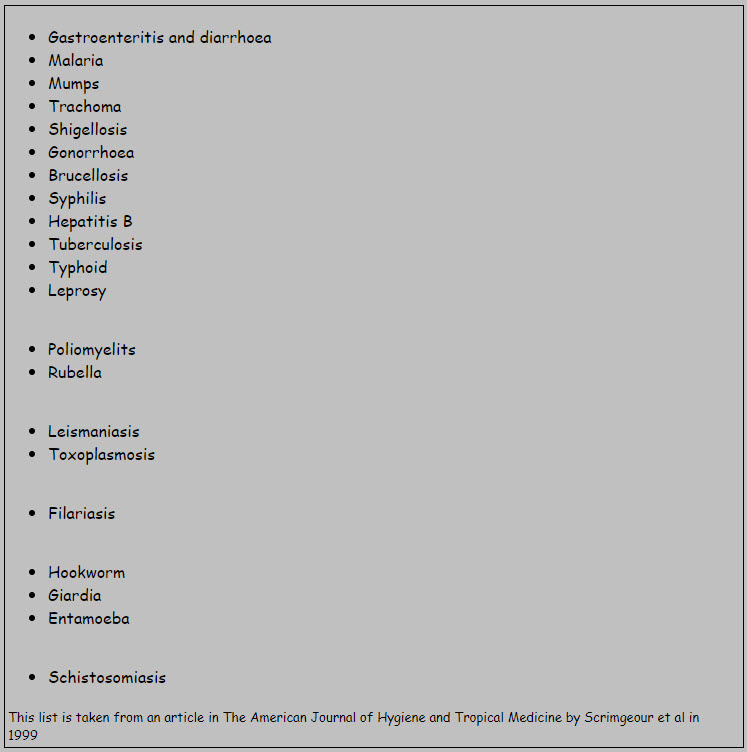
There were an awful lot of organisms snuffling around wishing harm to all and sundry.
No soldier functions well with trachoma at the top, a malarious spleen in the middle and gastroenteritis at the far end.
It is well to remember that at the second Battle of El Alamein 20% of the German Forces were disabled by illness. No respecter of rank, infectious hepatitis struck down Erwin Rommel and he had to leave Africa to recuperate in Italy.
The answer to all this is simple. FSTs whilst they might be a little glamourous and reassuring come very much second to the distinctly unglamorous good sanitation and hygiene practices. Neglect of such means that commanders face the prospect of sickly troops who do not function efficiently and require huge medical resources for their care.
A question popped up on one of the Facebook groups raising the issue of “post tour” medical screening for those who had been in Dhofar. The webmaster was not aware of any systematic surveillance but did know that, not surprisingly, any one who was symptomatic was investigated.
He is aware of a member of an FST who in later life developed bladder cancer but does not know if that was associated with schistosomiasis.
In addition to the infective diseases members of the forces were also subject to environmental hazards in the form of UV light now known to contribute to solar keratoses and melanoma. It is difficult if not impossible to say whether or not these two conditions were a consequence of exposure during military service or in Menorca whilst of a Spanish holiday when a civilian.
After I left Dhofar in 1976 I went to London to study Tropical Medicine (a bit late you might think) We learned about and treated people with Bilharzia/Shistosomiasis. Since then I have read that this waterbourne disease, carried by snails is endemic in Dhofar [Salalah, Tarqa, Sudh] and commonly contracted by bathing in freshwater ponds. It was first acknowledged in the late 1970’s but have no idea how much earlier water had been infected there. I wonder if returning servicemen were tested for this infection?
“We were never tested for the bug. The only thing we had to do when we got back to the UK was to keep taking the Paludrine tablets for 2 weeks, and in that time you could be tested.”
“Back in the day the test was a urine test. You had to start peeing into the toilet and just when you thought you were about to finish you had to catch the last little bit in a jar. The schistosomes lived in the walls of the bladder and were squeezed out during the final contractions. Perhaps you guys did it but have forgotten. Surely they tested you for worms at least? Oh the worms I have seen……….”
“S”
Swimming at Salalah? That was only for the 3 days of R&R that they gave us. If we were very lucky we would be at the base at Mughsayl for the weekend but that did not happen very often. We’d go to the fresh water hole for a swim, but swimming in the sea was regarded as too dangerous.
Oh Yes HTD. 6months of looking at sh*t, collecting sh*t, measuring sh*t and comparing the colour of sh*t,. Pouring sh*t into jars and tiny bottles. Even fishing through sh*t to pick out the Tapeworm pieces that we had to lay out on glass until we found the head. Happy days and Christmas with the leprosy patients.

